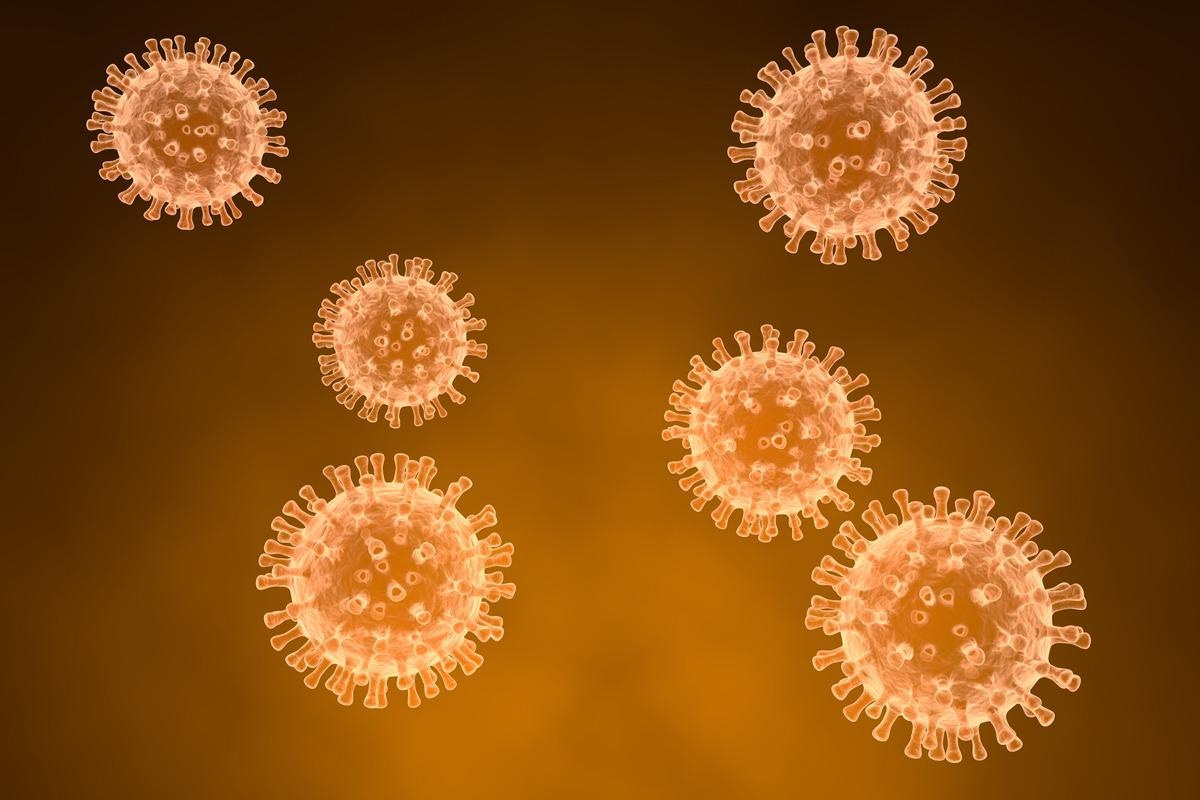
In a recent study posted to the bioRxiv* preprint server, researchers examined whether varied allelic frequencies of the human leukocyte antigen (HLA) gene in people of different ancestral origins were associated with increased susceptibility to severe acute respiratory syndrome coronavirus 2 (SARS-CoV-2) infection and disease severity.

CD4+ and CD8+ T cells respond to pathogens by recognizing different HLA classes on the cell surface, namely, class I (HLA-A, -B, and -C) and class II HLA (HLA-DR, -DQ, and -DP). Hence these cells are implicated in coronavirus disease 2019 (COVID-19) morbidity, mortality, and prognosis.
About the study
In the present study, researchers determined whether HLA allelic frequencies were associated with susceptibility and severity to SARS-CoV-2 infection among people of European (EUR) and African (AFR) ancestry in Florida, United States (US).
The researchers stratified the study population based on their genetic ancestry into 284 COVID-19 cases with 56% EUR ancestry and 37% AFR ancestry, and 89 non-COVID-19 controls with 77% EUR and 15% AFR ancestry. The researchers performed a genome-wide association study (GWAS) on the two populations separately. Additionally, they performed HLA imputation to analyze the potential association between HLA alleles and COVID-19 in these populations.
The team identified both protective and risk HLA alleles (associated with increased or decreased COVID-19 severity) in both EUR and AFR groups for in silico prediction and structural modeling. They mapped the structural epitopes presented by the protective and risk HLAs to list and sequence the top three alleles with the most significant difference in presentation ability (%rank) from the other allele.
The researchers selected both the stronger and weaker binders of HLA-B*27:05 and HLAC*12:03, with a %rank less than 0.5% and 2%, respectively, to map across the SARS-CoV-2 structural proteins – spike (S), envelope (E), membrane (M) and nucleocapsid (N). Finally, the team extrapolated the findings to the worldwide population to show correlations with other countries (if any). For this, they selected two protective alleles (A*11:01 and DPB1*11:01) and two risk alleles (B*38:01 and DQB1*03) based on their odds ratios (ORs).
Study findings
In the EUR ancestral patients, GWAS analysis suggested two single nucleotide polymorphisms (SNPs) of COVID-19 susceptibility – rs17448496 at locus 5q32 (OR = 0.173) and rs768632395 at locus 11p12 (OR = 0.166); however, no SNP association signals in the AFR ancestral patients met the significance threshold of the suggested association. The OR values of less than one for the two SNPs suggested their involvement in protecting EUR patients against SARS-CoV-2 infection to some extent in contrast to the AFR ancestral patients.
HLA imputation results showed the presence of multiple alleles, viz., HLA-A, -B, -C, -DPA1, -DPB1, -DQA1, -DQB1, -DRB1 loci. In the EUR ancestry, HLA-B*27:05 alleles decreased the risk of SARS-CoV-2 infection, whereas, in the AFR ancestry, HLA-A*02:01, -A*33:01, -DRB1*13:02, and -DPB1*11:01 alleles decreased the risk of SARS-CoV-2 infection.
The authors observed that in the EUR and AFR ancestral patients, HLA-C*12:03, -B*35, -B*38:01, and HLA-DQB1*03 increased the risk of SARS-CoV-2 severity, respectively. A higher frequency of risk and protective alleles in mild and severe cases of different ancestral patient populations explains the demographic differences in COVID-19-affected populations.
In the EUR and AFR ancestry groups, the number of peptides that protective and risk alleles presented were different; 46 vs. 151 and 248 vs. 206, respectively. Due to the presentation difference in class I and class II major histocompatibility complexes (MHC), these numbers could not explain the various disease outcomes among different ancestry origins. Furthermore, the percentage of predicted strong binders of protective and risk alleles was 41% vs. 30% in the EUR ancestry group and 25% vs. 21% in the AFR ancestry group.
In silico mapping demonstrated that in the EUR ancestry group, HLA-B*27:05 (protective HLA) and HLA-C*12:03 (risk HLA) presented multiple structural proteins of SASR-CoV-2 and the protective alleles lacked presentation of the E protein. In the AFR ancestry group, protective alleles HLA-DRB1*13:02 were more diverse, with different presentation sites against the S, M, and N proteins. Contrastingly, the risk allele, HLA-DQB1*03:01, lacked presentation of the E protein.
The class I MHC risk alleles in the EUR group, and class II MHC protective alleles in the AFR group presented SARS-CoV-2 E protein, suggesting that besides the receptor-binding domain (RBD), certain other regions of SARS-CoV-2 are immunogenic; therefore, those regions should be excluded when developing vaccines or drugs for affected groups.
Conclusions
To conclude, the present study provides the first insight of group analysis regarding the effects of SARS-CoV-2 infection in different ancestry origins from the same region, including the susceptibility and disease severity. However, as the sample size of this study was limited, further validation of these results is needed by future in vitro experiments. Nevertheless, the study demonstrated how genetic factors and comorbidities could help identify potential severe COVID-19 cases and inform clinical treatment strategies for the future.
*Important notice
bioRxiv publishes preliminary scientific reports that are not peer-reviewed and, therefore, should not be regarded as conclusive, guide clinical practice/health-related behavior, or treated as established information.
- Shen, Y. et al. (2022) "Ancestral origins are associated with SARS-CoV-2 susceptibility and protection in a Florida patient population". bioRxiv. doi: 10.1101/2022.03.30.486345. https://www.biorxiv.org/content/10.1101/2022.03.30.486345v1
Posted in: Medical Science News | Medical Research News | Disease/Infection News
Tags: Allele, Antigen, CD4, Cell, Coronavirus, Coronavirus Disease COVID-19, covid-19, Drugs, Frequency, Gene, Genetic, Genome, Human Leukocyte Antigen, in vitro, Leukocyte, Locus, Membrane, Mortality, Nucleotide, Peptides, Protein, Receptor, Respiratory, SARS, SARS-CoV-2, Severe Acute Respiratory, Severe Acute Respiratory Syndrome, Single Nucleotide Polymorphisms, Syndrome

Written by
Neha Mathur
Neha is a digital marketing professional based in Gurugram, India. She has a Master’s degree from the University of Rajasthan with a specialization in Biotechnology in 2008. She has experience in pre-clinical research as part of her research project in The Department of Toxicology at the prestigious Central Drug Research Institute (CDRI), Lucknow, India. She also holds a certification in C++ programming.
Source: Read Full Article